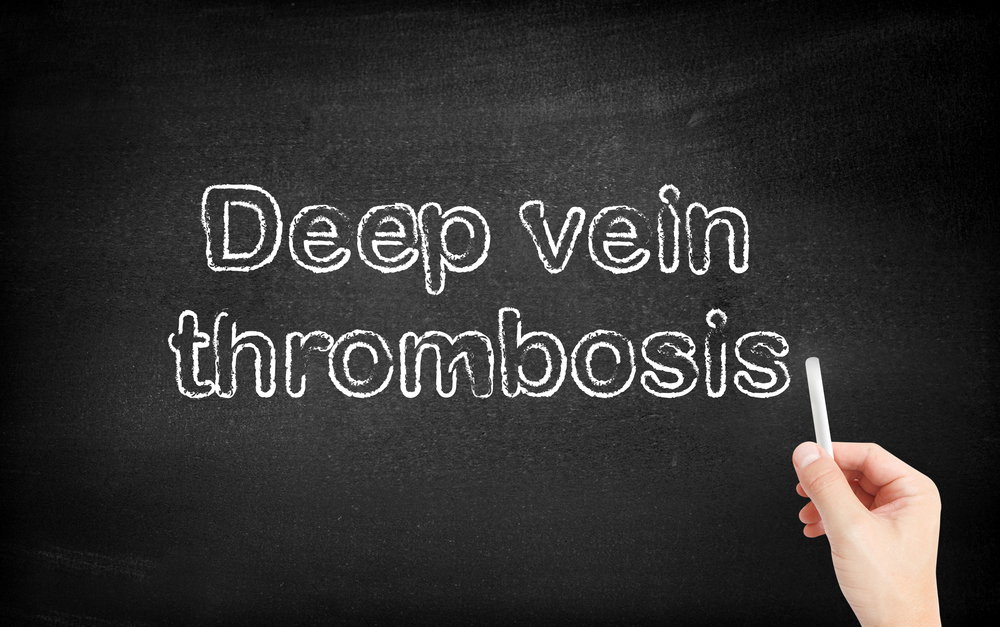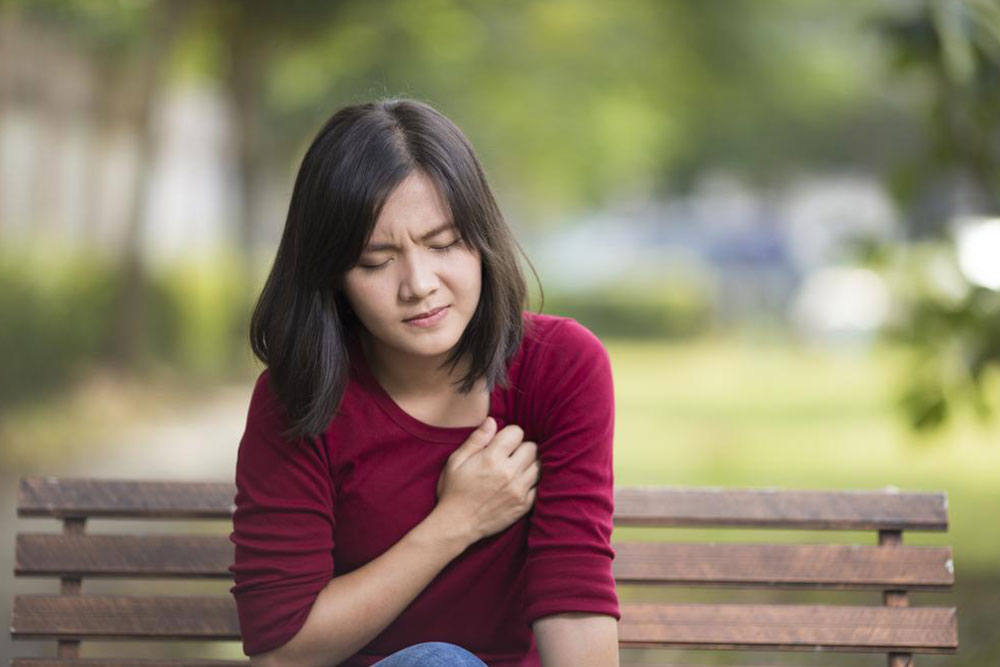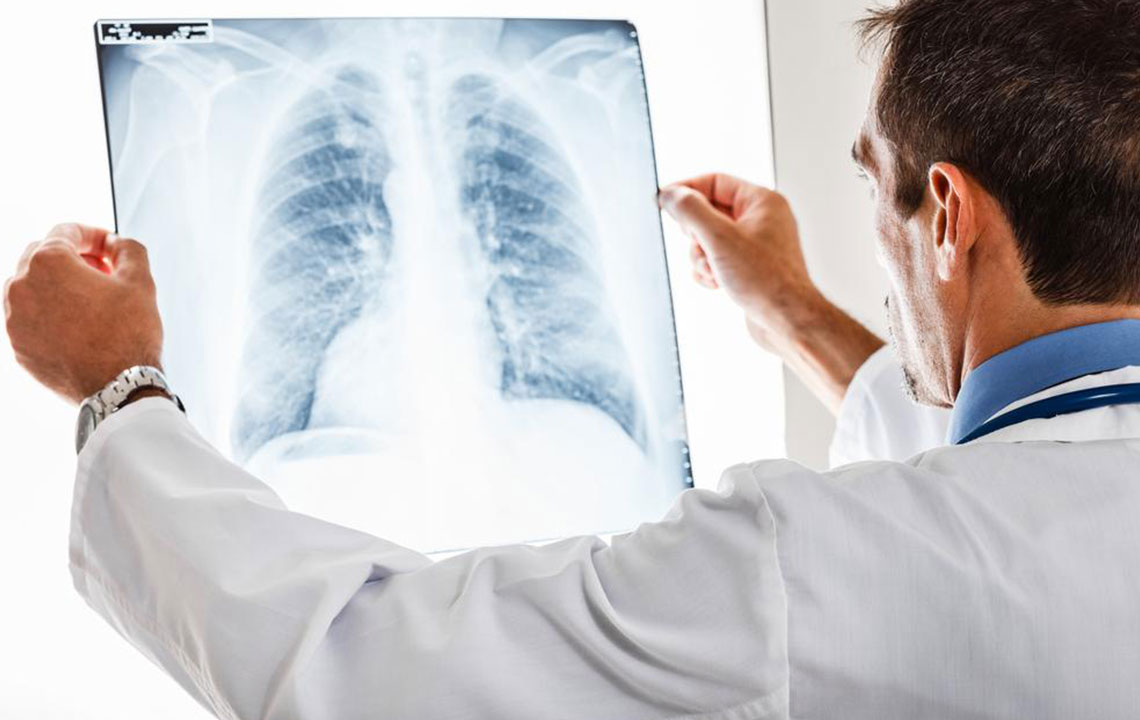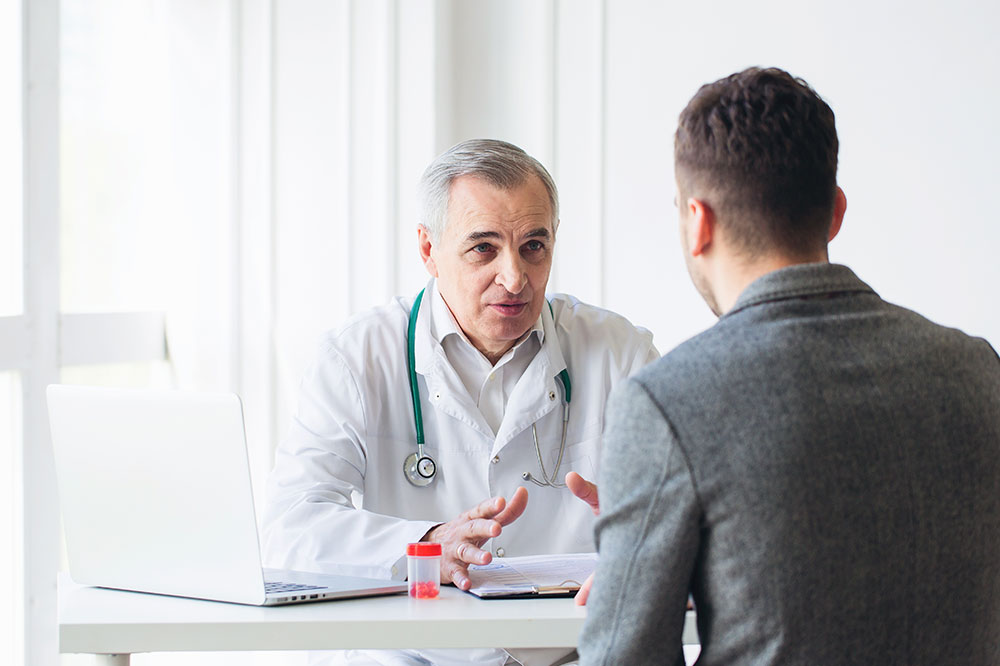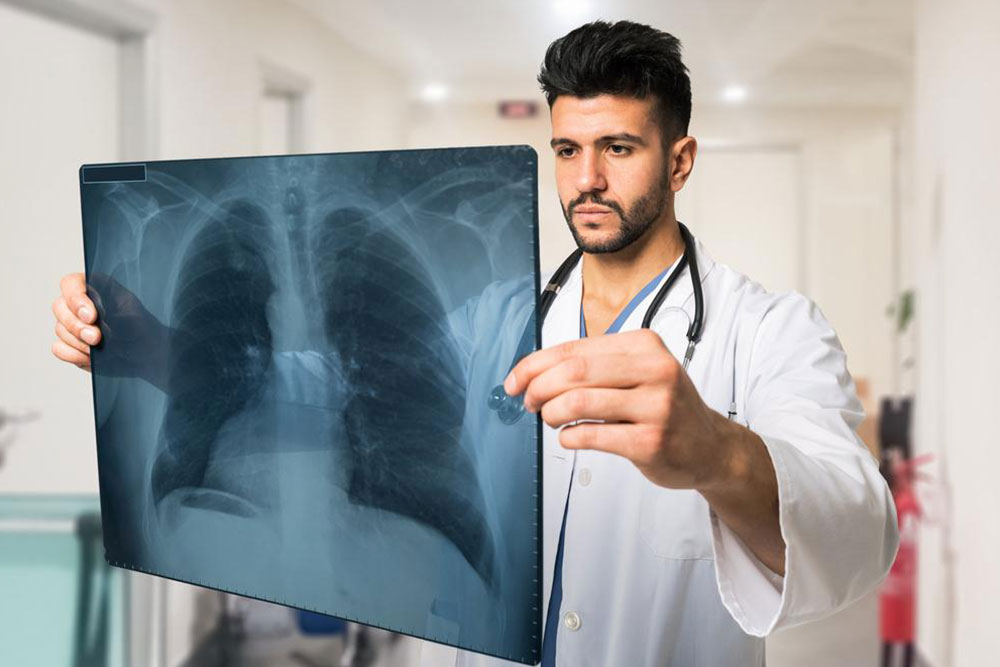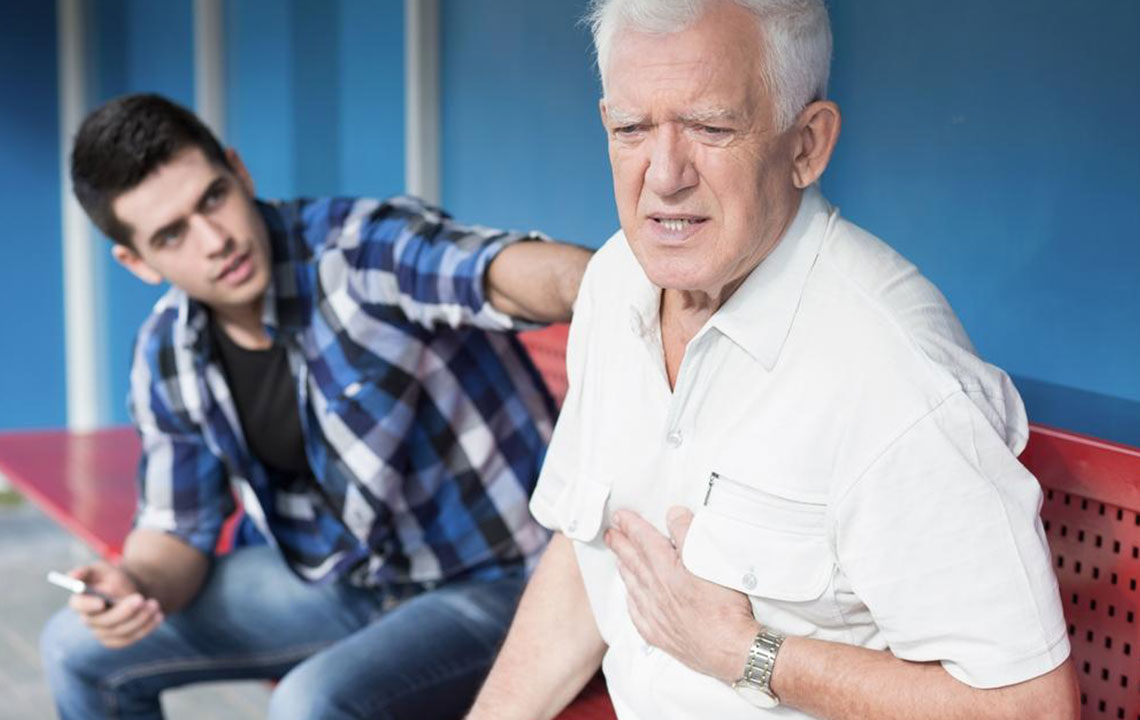Comprehensive Guide to Recovery and Rehabilitation After Pulmonary Embolism Treatment
Recovery after pulmonary embolism involves medication, careful activity management, and medical guidance. This comprehensive guide provides insights into safe exercises, activity timelines, and recovery strategies to ensure a smooth rehabilitation process. Patients should consult healthcare providers for personalized plans, gradually increasing activity while avoiding overexertion. Proper rest, monitored physical activity, and medical oversight are vital for healing and preventing complications, helping patients regain their health and return to normal life safely.
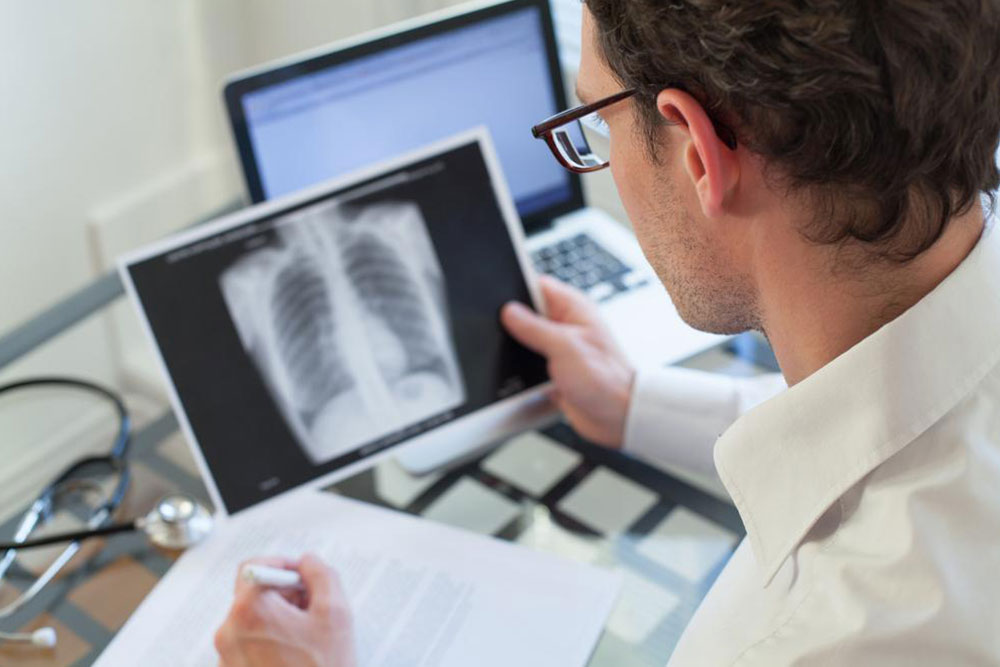
Comprehensive Guide to Recovery and Rehabilitation After Pulmonary Embolism Treatment
Pulmonary embolism (PE) is a serious medical condition that requires prompt and effective treatment to prevent further complications. Recovery from PE involves a multifaceted approach including medication management, lifestyle adjustments, and gradual physical activity. The primary goals of treatment are to prevent existing blood clots from enlarging, inhibit the formation of new clots, and restore normal blood flow. This comprehensive guide explores the various treatment options, recovery strategies, and recommendations for patients to safely navigate their post-treatment journey.
Pulmonary embolism often results from blood clots that travel from the deep veins of the legs or pelvis to the lungs, causing blockage in the pulmonary arteries. Immediate treatment typically involves anticoagulant or blood thinning medications to prevent clot growth and new clot formation. In certain cases, thrombolytic therapy—fast-acting clot-dissolving drugs—may be administered to rapidly resolve large or life-threatening clots. Surgical interventions, such as pulmonary embolectomy, are less common and usually reserved for severe cases where medication is ineffective or contraindicated.
Post-treatment, patients diagnosed with PE or deep vein thrombosis (DVT) should remain vigilant for recurring symptoms and complications. It is vital to engage only in physical activities that you feel comfortable and confident performing. Overexertion during the recovery phase can aggravate symptoms such as pain, swelling, or fatigue, and potentially hinder healing. Therefore, a cautious and gradual approach to activity is essential for a safe recovery process.
Rest plays a crucial role in recovery, allowing the body to heal from the effects of blood clots and medication therapy. Patients are generally encouraged to stay reasonably active, including walking or performing light household chores, but only under healthcare provider supervision. Regular check-ins with your doctor are necessary to ascertain your progress, adjust activity levels, and discuss any emerging symptoms. Adhering to medical advice ensures that recovery is both efficient and safe.
Research shows that engaging in light activity one month after a PE diagnosis typically does not pose risks and might even help reduce post-thrombotic symptoms—discomfort caused by persistent vein inflammation after clot resolution. Many healthcare providers now endorse cautious physical activity during recovery, emphasizing the importance of tailored plans based on individual healing progress.
Exercise, sports, and yoga
When considering resuming physical activity, particularly sports and yoga, there are no strict universal guidelines. Instead, a personalized recovery plan is vital, determined by your healthcare provider based on your specific condition. During the first 10 to 14 days after PE, strenuous activities should be avoided to ensure the clot remains stable. Light strength exercises or gentle movements can be beneficial during this initial period to promote circulation without risking dislodgement or complications.
From week two to week four, gradually increasing activity intensity is advisable, with the goal of returning to the pre-PE routine by the end of the first month, provided there are no setbacks. For yoga enthusiasts, avoid extreme postures or positions that could strain your chest, neck, or limbs within the first month post-treatment. Gentle stretching, breathing exercises, and restorative yoga are recommended to enhance relaxation and blood flow. Always listen to your body, and consult your healthcare team before resuming any new or intense activities.
It is fundamentally important to keep in close contact with your medical providers throughout your recovery process. They can guide you on safe activity levels, monitor for signs of recurrent clots or other issues, and help tailor an individualized rehabilitation plan. This cautious, step-by-step approach promotes optimal healing and reduces the risk of complications, ensuring a smoother path back to everyday activities.
In summary, recovery after pulmonary embolism treatment is a gradual process that requires patience, careful management, and ongoing medical supervision. While staying reasonably active is encouraged to promote good circulation and mental health, it must be balanced with adequate rest and avoidance of strenuous exertion early on. As your condition improves, you can increase activity levels under professional guidance, ultimately aiming to return to your normal routine safely. Remember, every patient’s recovery journey is unique, and adhering to your healthcare provider’s instructions is key to a successful recovery.
